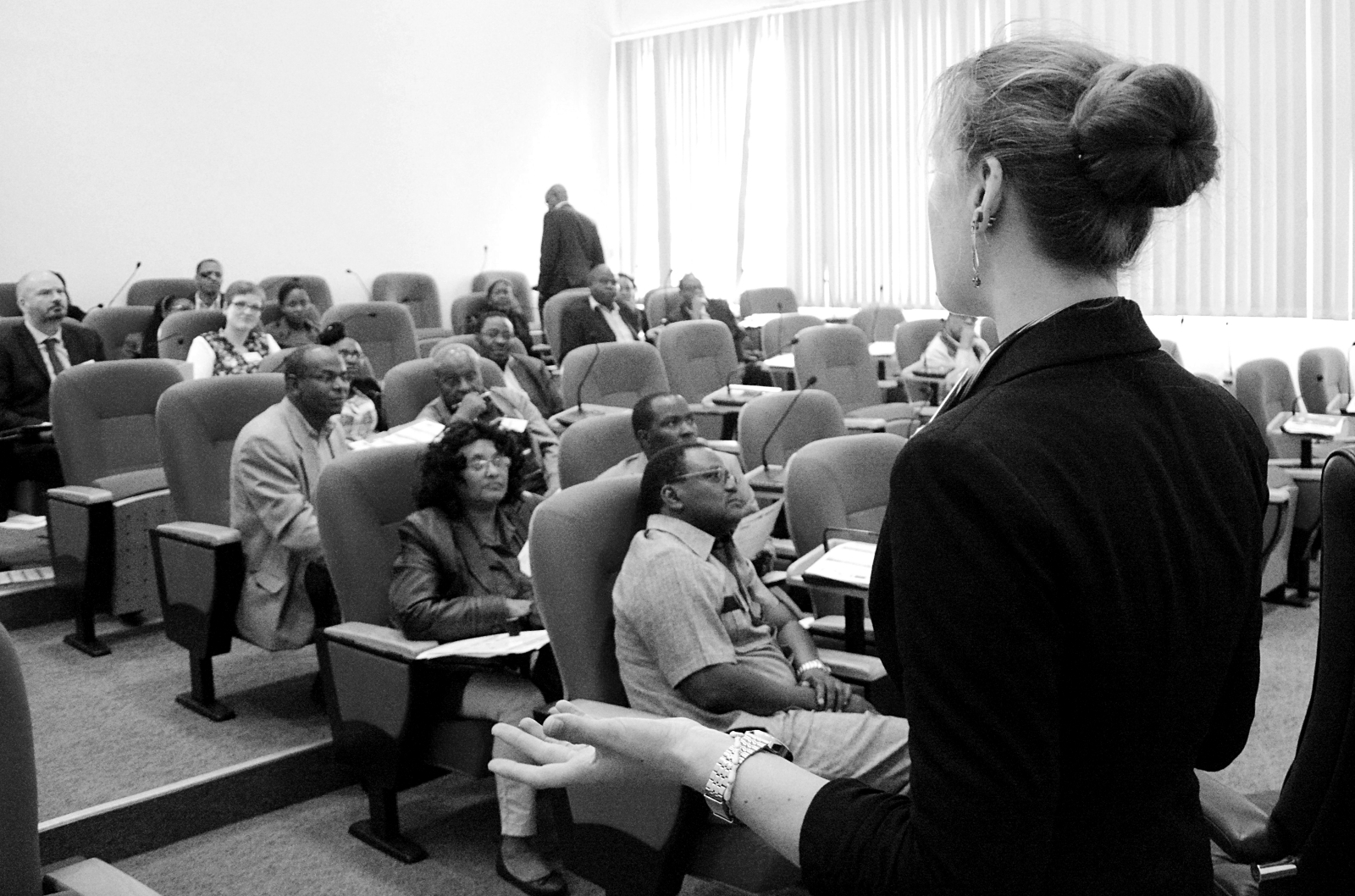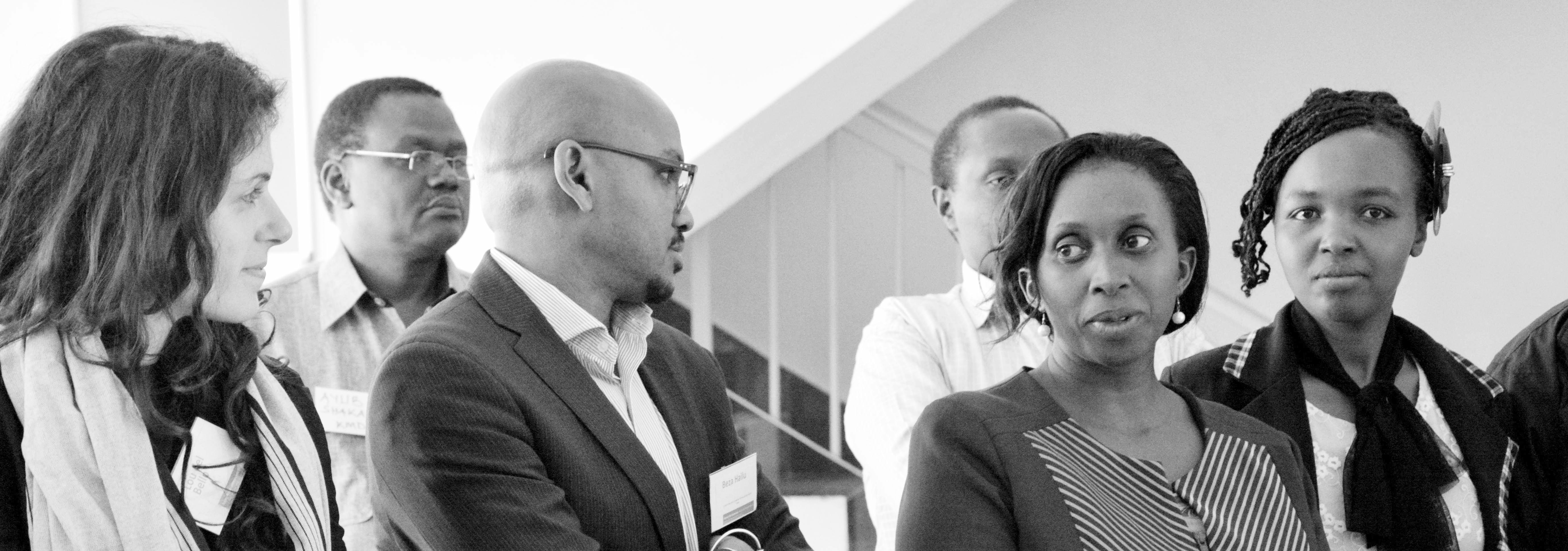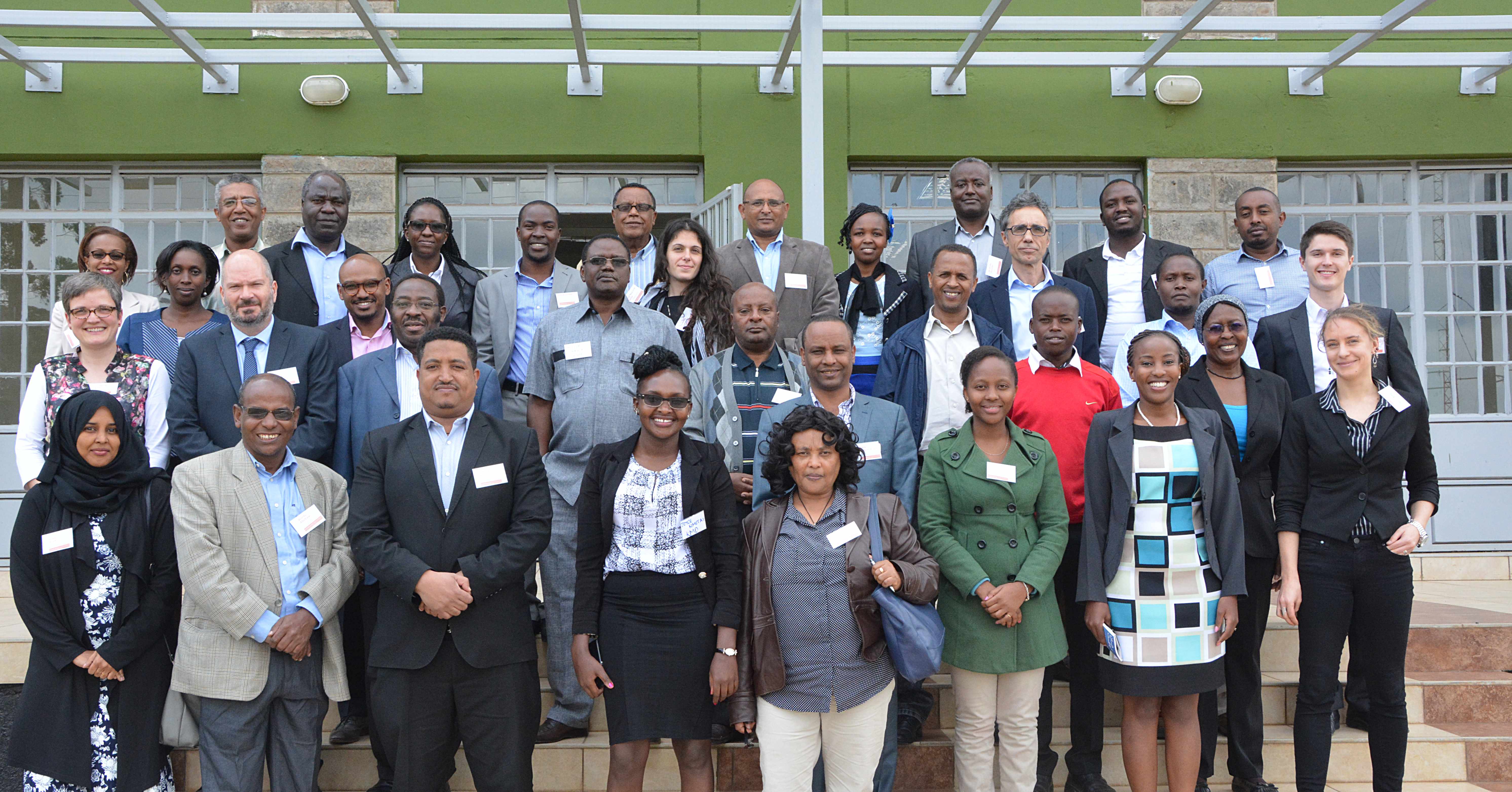Raising risk awareness - Collaborating to understand extreme weather
Raising risk awareness - Collaborating to understand extreme weather
How can a group of scientists, vulnerability experts and knowledge brokers work together to help improve decision-making around extreme weather events? Some 40 such participants gathered to find out. Toby Morris reports on the Raising Risk Awareness initiative’s expert roundtable event, which took place in Nairobi on 7 December.
Attribution analyses allow scientists to make quantitative statements about how climate change has altered the risk of extreme weather events occurring. The current climate in East Africa is characterised by large variability in rainfall with the occurrence of extreme events such as droughts and floods. Attribution science can be used to inform decisions about recovery and climate resilience after an extreme weather event.
Raising Risk Awareness
Greater awareness of changing risks can help decision-makers and the public to prioritise adaptation solutions and reduce vulnerability. Scientists, knowledge brokers, and those working with the most affected people can all support this decision-making process. Key Kenyan and Ethiopian stakeholders from all three of these stakeholder groups attended the expert round table last week to facilitate co-development for the project moving forward.
The Raising Risk Awareness East Africa workshop was an opportunity for participants to hear more about the science around extreme weather events and to discuss how they could put this science into practice.
Learning together
Participants had the opportunity to discuss how extreme weather event attribution could support broader development plans. Zewdu Eshetu, a climate scientist at Ethiopia’s Addis Ababa University, explained that “In the short term, we will make disaster risk management a crucial part of our development agenda, which will also include climate change”.
Attribution science can provide a method for East African stakeholders to disentangle the drivers of vulnerability and consider long-term resilience strategies. This was important for participants representing those most affected. “We know that short term solutions are not enough anymore to address the problems faced by the community,” said Suada Ibrahim, from the Kenya Red Cross.
Working together
Participants also highlighted the need for scientific capability building amongst non-scientists, collaboration between stakeholder groups, and use of networks that are already established. Journalists and communicators find it challenging to translate the science into communicable products, but they play a vital role in connecting information producers with the users.
Further collaboration between the science community and communicators could help bridge this gap. Climate knowledge brokers or intermediaries could assist in this process, especially when helping to disseminate the information broadly. The importance of working with networks, co-developing products, and building capability within these networks was highlighted as key to this project.
This expert meeting was one event in a broader scope of work. The Raising Risk Awareness initiative is jointly organised by the Climate Development Knowledge Network (CDKN) and the World Weather Attribution (WWA). WWA is led by Climate Central with the Red Cross Red Crescent Climate Centre, University of Oxford, University of Melbourne and Royal Netherlands Meteorological Institute.
In Kenya the project is working with the Kenya Meteorological Department and University of Nairobi and in Ethiopia with the National Meteorological Agency and Addis Ababa University.
The Raising Risk Awareness initiative will assess whether climate change has contributed to past extreme weather events such as droughts, floods and heatwaves in East Africa and South Asia.
This will help to bridge the science-communications-policy gap, and will enable these countries and communities to become more resilient in a warming world.
Images by Claire Mathieson.




